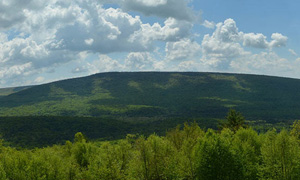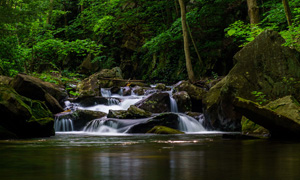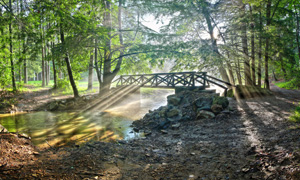
Featured image: Jiang Ming – Cherry Springs State Park
Why the concern over Light Pollution? Almost 20 years ago I had the privilege of meeting Frederick Gregory, one of the first of 3 African Americans who went into space. We were visiting the Kennedy Space Center and it happened to be towards the end of the day and nobody was talking to Colonel Gregory, so I went over and introduced myself. He is now very involved in NASA history and educational outreach programs designed to drum up interest in our space program. I told him I felt like in too many places, looking at the sky was like looking into a muddy stream. After a while it just becomes boring…but when it involves a Dark Sky Park with a view of the Milky Way that extends from one horizon to the other, then you can just see the wonder and awe as people take up a pair of binoculars, or look through a telescope for the first time. No wonder we explored space in the 50′ and 60’s. Light pollution was significantly less then and many more stars were visible.
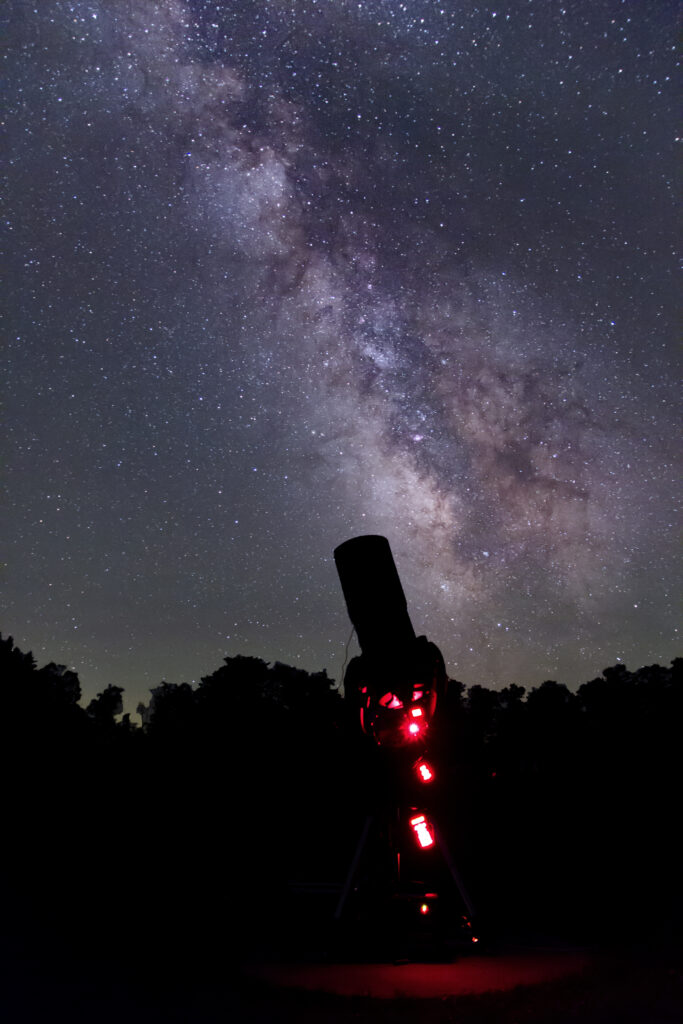
Mark Brown – Cherry Springs SP
At that time all State Parks in PA were closed at dusk, but one day Gary Honis, an amateur astronomer and astrophotographer, was up on what is now the Astronomy Observation Field with what looked like a silver-wrapped canon. Gary explained to then Park Operations Manager, Chip Harrison, that there was a light pollution map available for Pennsylvania, and Cherry Springs was sitting directly on top of the one dark spot (the Hamersley Wilderness area). He asked permission to star gaze and as the park received very little usage during the year, Chip said it would be fine. Word went out rapidly to astronomers that they were welcome to star gaze at Cherry Springs, and a new era began for this park which had been around since the 1930s. There is also no ambient light pollution from surrounding communities as they are located in the valley and the park (CSSP) is located on the southern side of Denton Hill.
Yes, there are dark sky areas well north of CSSP, however, CSSP is also low enough in latitude to include being able to see the massive center ball of stars located in the heart of our Milky Way galaxy. Most other objects observed at CSSP are within our own galaxy, but our neighboring galaxy, Andromeda, is also visible late in the fall sky. The naked eye can observe 2000-3000 stars (unaided by equipment). Satellites cruise above and you can wave as the International Space Station (ISS) passes by overhead. The stars from the Southern Milky Way are often so bright that they will cast your shadow onto the ground. Three areas of the park now serve the stargazing public. The Astronomy Observation Field (fee required), the Rustic Campground (fee required, limited space), and the Public Viewing Area where programs are held and short termed stargazing is allowed (no fee, and no overnight stay).
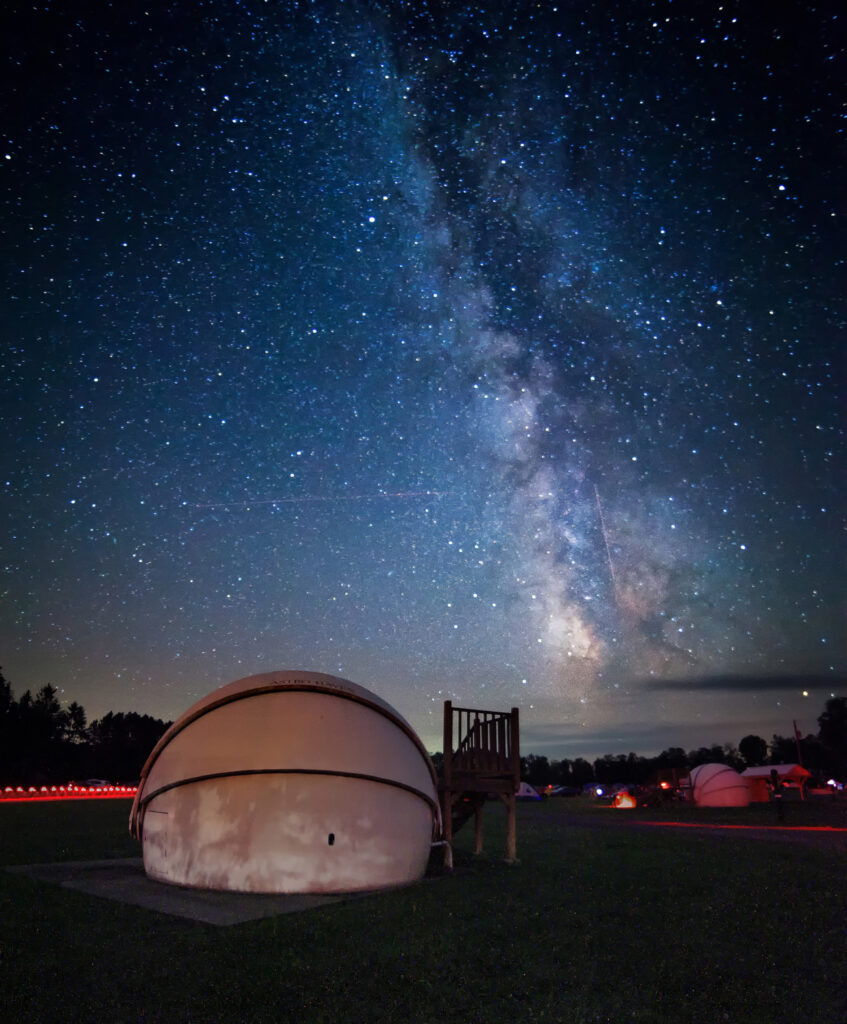
Jiang Ming – Cherry Springs SP
Pennsylvania State Parks Night Sky Monitoring Program started up last year in an effort to establish night sky viewing areas closer to other parks in the state. Cherry Springs was the second Dark Sky Park to be recognized in the world by the International Dark Sky Association. Retired Park Managers Chip Harrison and Rex Lord will be documenting current and potential dark sky sites in State Parks, using a hand-held Unihedron Sky Quality Meter. There will also be a photographic survey, either night-time horizon readings or All Sky photography. This is basically for naked-eye observations. The data collected will assist Resource Management and will also help to develop and identify visitor trends over time.
Public Programs begin in the spring and continue into the fall, weather depending. Check the Commonwealth of PA DCNR Calendar of Events for program schedules and also to sign up for a program. By doing so you will have priority access to the park telescopes during the program.
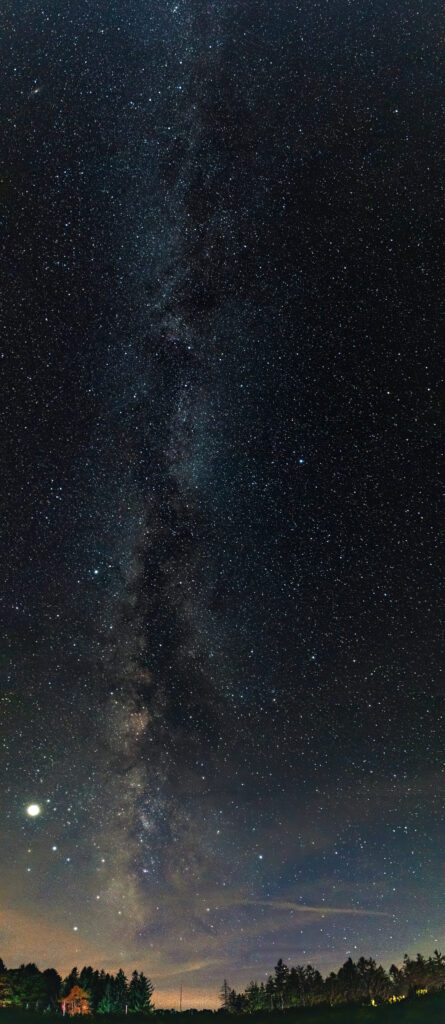
Matt Mann – Cherry Springs SP
The Cherry Springs Dark Sky Fund/Association was the very first “Friends” group established under the umbrella of the Pennsylvania Parks and Forests Foundation. Information about the park is available through DCNR as well as at www.csspdarkskyfund.org
If you can visit during a “good clear and dark night” I know the experience will leave a lasting impression on you …making you wonder, “What else is out there?’
Submitted by: Maxine Harrison – Board of Directors for Cherry Springs Dark Sky Park….the place to be for Astronomy!


